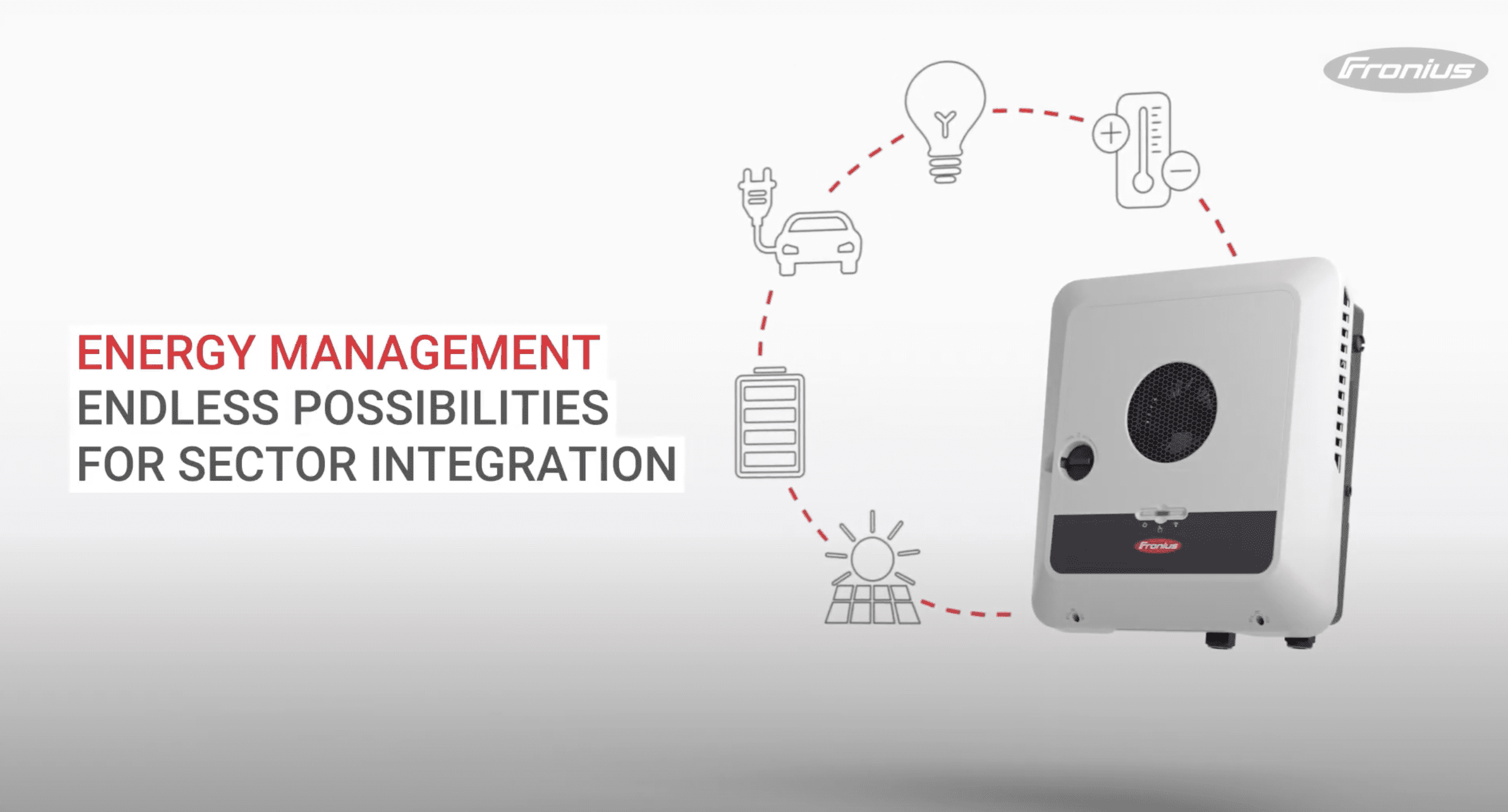Is the Fronius Gen24 any good?
If you are considering solar for your home or business and have been doing research prior to reading this article, you will most likely have already heard of Fronius. They are well known in Australia for making great quality inverters, and we love installing them! They are efficient, reliable, versatile and come with very good Wi-Fi monitoring. Our original review on the grid connect range of Fronius inverters can be found here.
Today though, we are looking at the Fronius Gen24. This new range of inverters are the hybrid range from Fronius, which means you can use them with batteries. Hybrid inverters have been around for a few years now, so there is nothing new about the technology. However, they are becoming more and more popular as Australians are either buying batteries now or planning to add batteries to their home solar later on.
So, is the Fronius Gen24 any good?
Fronius have built a fantastic hybrid inverter, which is most likely the best on the market. As always with Fronius products, it costs a bit more than most competitors, but the extra cost is well worth it.
Let’s start by taking a look at the range.
We have a single-phase range with the Fronius Primo Gen24 Plus 3.0, 3.6, 4.0, 4.6, 5.0 and 6.0. Then there’s the three-phase versions which come in Fronius Symo Gen24 Plus 6.0, 8.0 and 10.0. It is a solid and versatile range for homeowners. For businesses that want bigger battery backup you can stack up the Symo 10s. This is an expensive exercise but if you are looking at battery backup for a large three phase load, there aren’t too many options available, and none of them are cheap!
The Symo range is available right now, but if you are chasing a Primo you will have to wait as Fronius haven’t made them available to the Australian market yet. The last update we had was Q2 2021 – we will keep you posted.
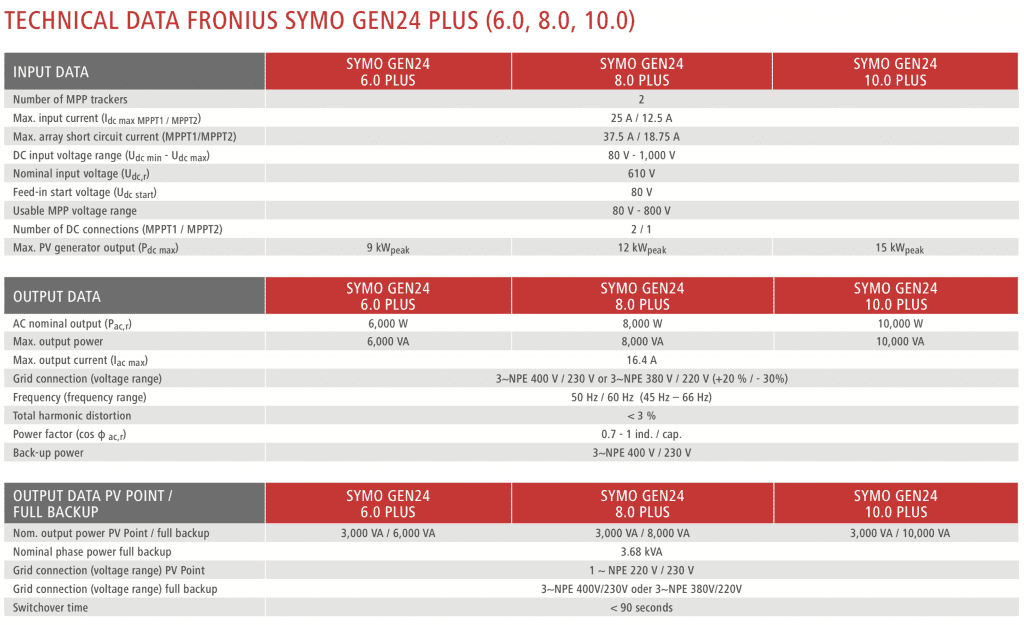
Overall quality
Firstly, as mentioned above, Fronius make great products, and this hybrid inverter is no different. The quality workmanship has definitely transferred from the standard grid connect range to the Gen24 hybrid range as you would expect. They are still made in Austria where excellent quality control is favoured over cost cutting, and the result is another great product from the Fronius line!
The Gen24 is still fan cooled with a very clever fan that works with an intricate heat sink to make sure the inverter stays cool. This is crucial to the efficiency and the longevity of the inverter. With any electronics heat = bad, so the cooler we can keep inverters, the better they will run. The Fronius fan cooled system means the inverter will work efficiently and is less likely to experience failures that are caused by heat over time. The small downside here is that the fan makes some noise, which has always been flagged as a negative in the Fronius range. While this is something to be aware of when choosing where to install your inverter, we believe the benefits outweigh the small downside of some noise. Keeping hybrid inverters cool is even more important compared to the grid connect versions as they work longer hours. Your grid connect inverter signs off when the sun goes down and rests overnight, whereas your Gen24 will have to keep working as you discharge your battery after the sun sets!
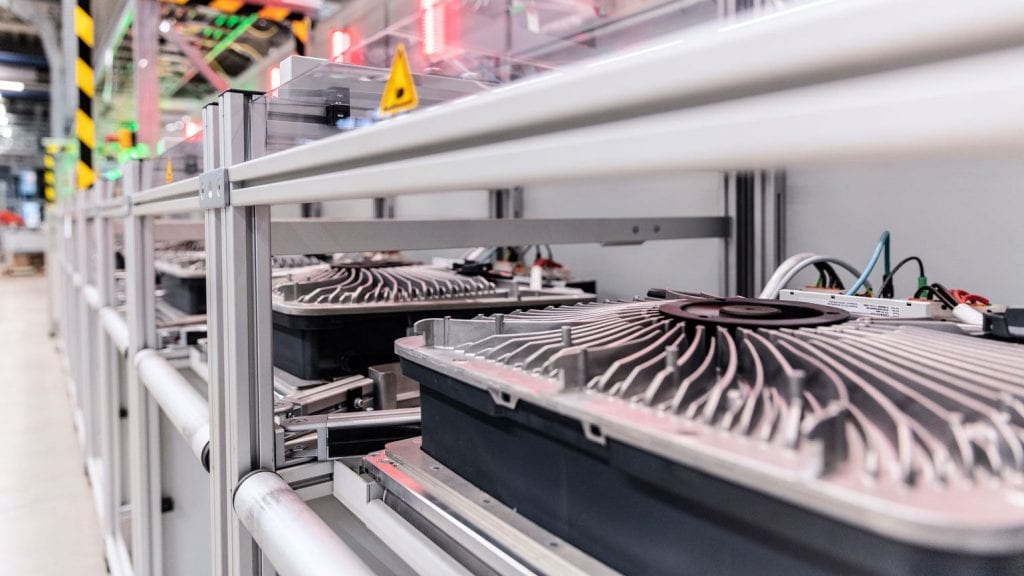
Warranty
As with the grid connect range, Fronius offer a standard 5-year warranty, with a free upgrade to an extended 10-year warranty upon registration of the product online. The second 5-years is parts only though, so if you do have a failure after the first 5-years, you wont be covered for any labor or for a full replacement. Fronius are a solid company with a good team available to process warranties here in Australia if they are needed.
Cool features
One of the best things about this inverter, aside from its overall build quality, is the back-up power feature. Usually with a grid connect solar array, if there is a black out, you lose solar power which means you can’t use the electricity you are producing while there is a power cut. If you install the Fronius Gen24, without a battery, this inverter has a feature that allows you to use the solar power you are generating while the grid power is out. This is obviously not much use if its night-time when your solar panels are not producing power, so it is not as good as having a battery with a backup supply, but it is still a cool feature you do not get with standard inverters. This feature gives you 3kW of use, which is a decent amount of energy. Bear in mind, your solar will need to be producing 3kW for you to access the full benefit here. So, depending on how many panels you have installed and what time of day it is, you may have limited power still.
You can also use this inverter alongside an existing system and pull electricity that would have been exported through the existing inverter, to charge your battery. As an example: if you have an existing 5kW inverter installed and you have excess electricity that usually gets exported to the grid, you can now send this electricity through the Gen34 inverter, into your battery. Storing electricity and using int later will save you more money than exporting it to the grid, so this feature can increase your financial return on investment.
We also mentioned the Wi-Fi monitoring earlier which you will have access to with the Gen24 range. The Fronius monitoring is easy to use, practical and gives you as much feedback as you will need to make sure your system is working properly, and that you are maximising the benefit of your solar. The Gen24 monitoring is not newer or better than the existing monitoring you get with any Fronius inverter, but the battery section will now come to life for you!
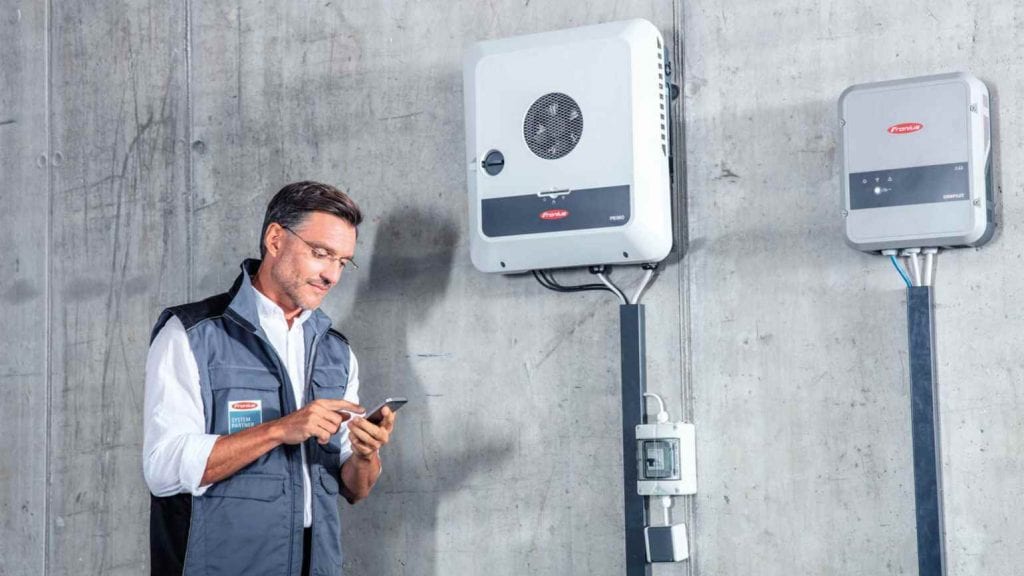
So, anything negative?
The obvious one here is the price. Fronius have long been the most expensive inverters in Australia. They are also the most desirable and often very difficult to get stock of due to so much demand. Whether or not the price point is a big drawback will depend on your budget. There are lots of hybrid inverters available and price should always be considered.
The range will be awesome when the Primo Gen24s are released here, but at the moment you can only have the three-phase Symo versions. This is a big drawback as most homes are single-phase.
The inverters also do not have screens. I understand this is a route most inverters are going down due to increased use of Wi-Fi monitoring. And while this may very well be the way of the future, Wi-Fi monitoring is not available at every inverter. If you have a big house or you are installing for your business, you may not have a decent Wi-Fi signal near your switchboard where the inverter is being installed. In addition, if the monitoring is down it is really difficult to get any feedback if you have an error with the inverter. Adding a screen adds costs but we really think it would have been worth it here!
If you install a Gen24 with a battery, and the power does cut, you are going to have to wait about a minute and a half for the backup power to kick in. This may not sound like a long time, and most backup power solutions are not instantaneous but next time you are sitting at home at night-time, flick the power off and count to 90. If you get frequent power cuts, which is one of the main reasons people consider battery back-up, this will be an annoying wait. Especially if you just about to find out what happened on the Batchelor! Ummm, OK maybe not, but you get the point!
It doesn’t look great. This won’t bother most people as inverters usually go in the garage or on an external side wall near your meterbox. But it really doesn’t look great. The grid-connect Primo and Symo inverters are quite slick looking. The fan on the front of the Gen24 is great for cooling but aesthetics definitely took a back seat when it was designed.
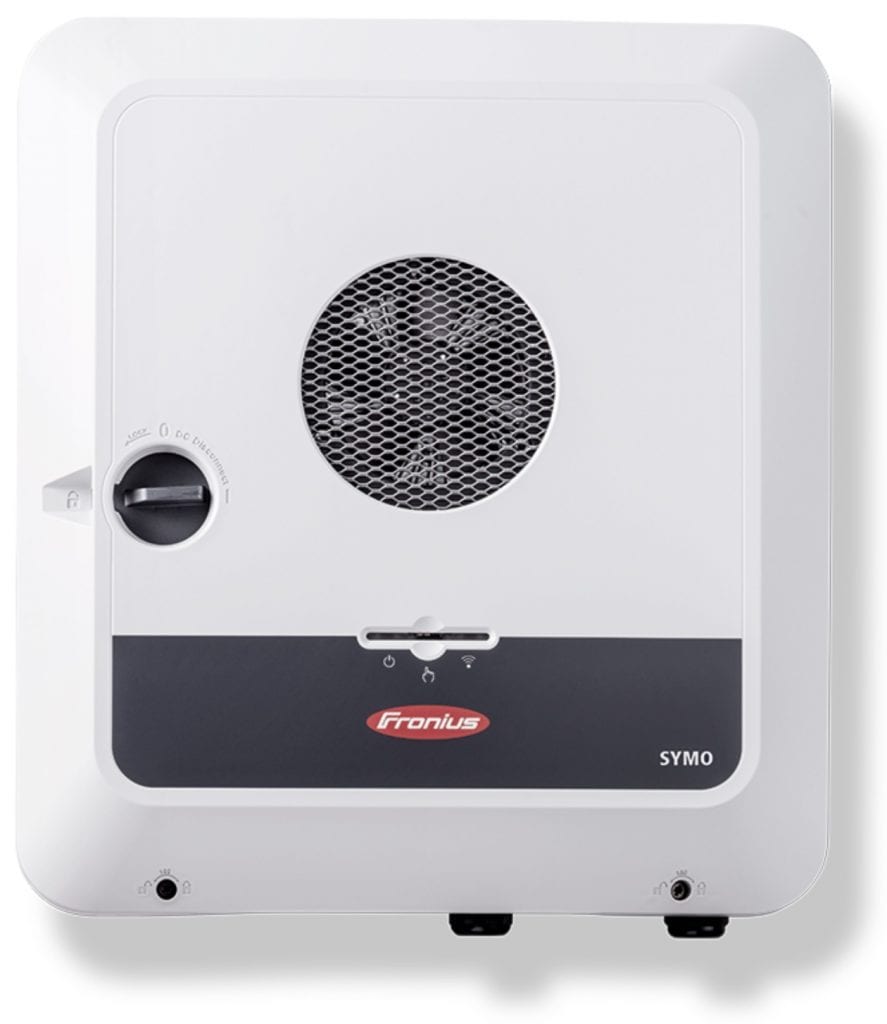
Summary:
Fronius have manufactured another great product, and we can’t wait for the Primo Gen24 range to come out. As with all quality European made products, they are more expensive than most of the competitors, but the price is justified. While it looks like a 1980’s drive through ordering machine, it is built to last, and will no doubt be a leader in efficiency for hybrid inverters too.
Here are some other helpful links:

